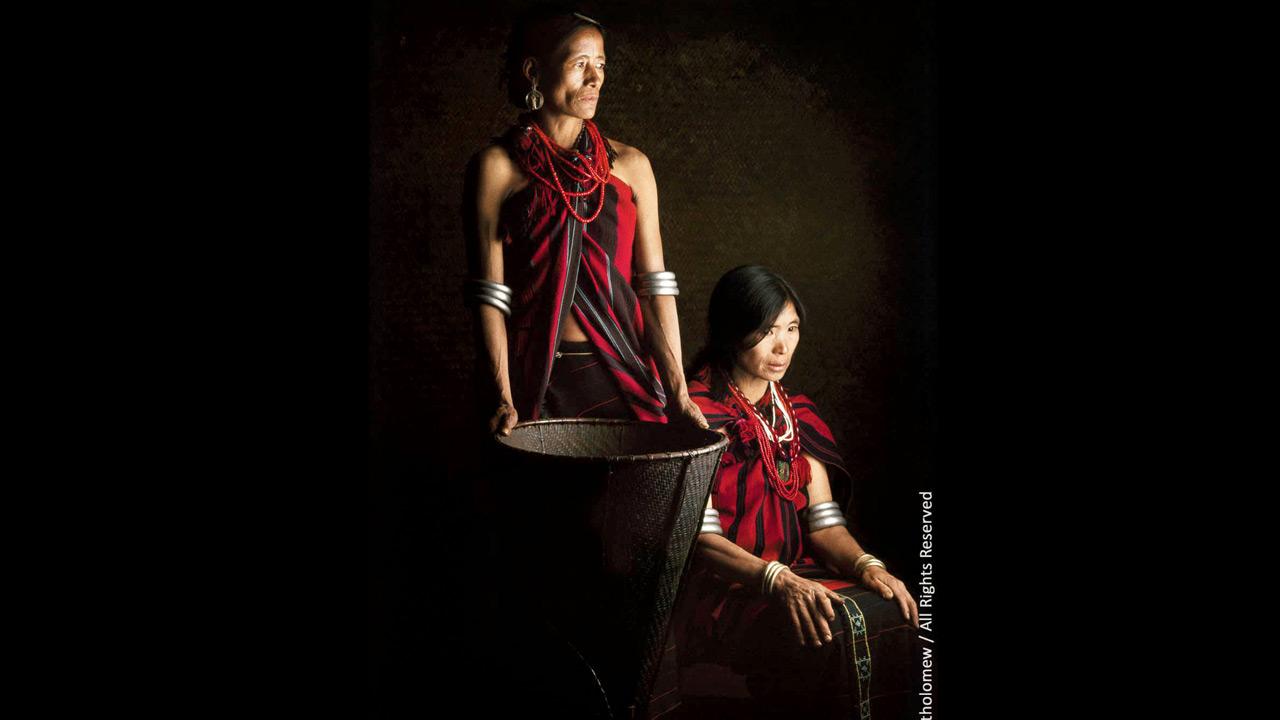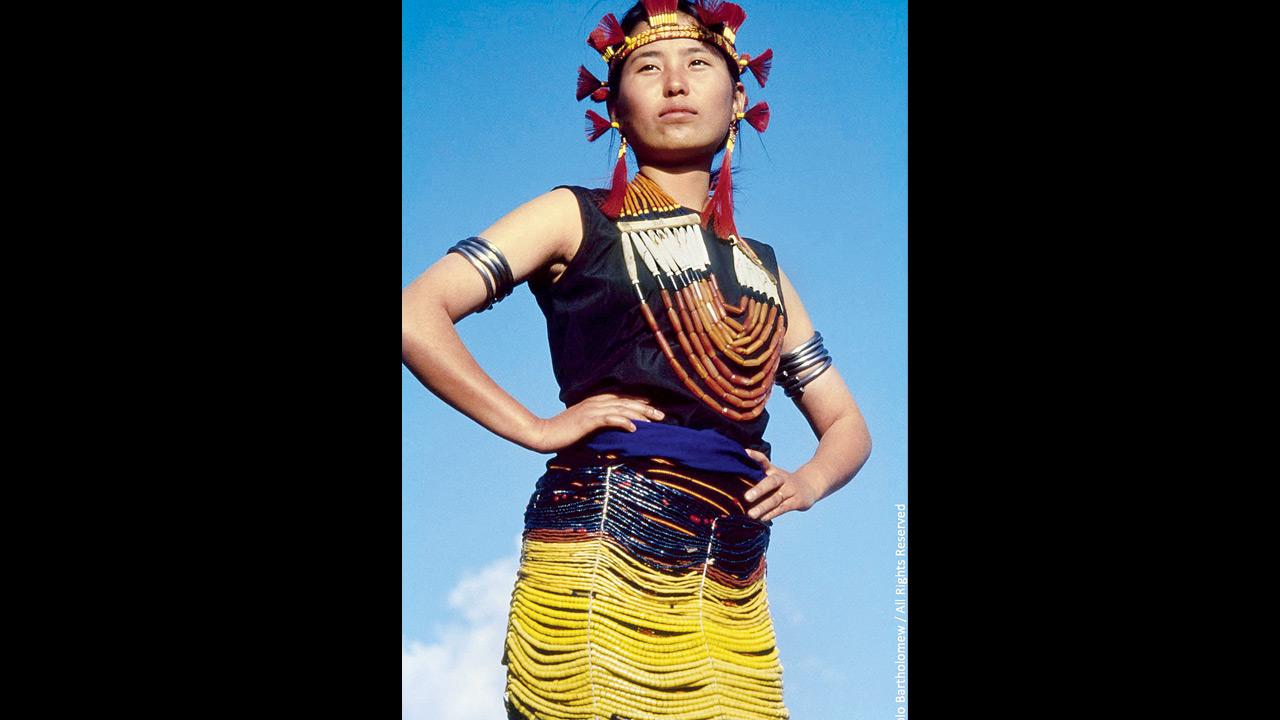Photographer Pablo Bartholomew’s latest exhibition on the Nagas is a stunning anthropological pursuit inspired by the stories of his father

Pics Courtesy/ © Pablo Bartholomew; All Rights Reserved
A Photo from award-winning photographer Pablo Bartholomew’s show in the city a decade ago, Bombay: Chronicles of a Past Life, was once pinned to this writer’s desk. The urge to meet the man in person had lingered since. This time, he is showing The Nagas, a show that explores the Naga civilisation, featuring people torn between tradition and transition, at the Nine Fish Art Gallery in Byculla.
ADVERTISEMENT

The Nagas is a series of photographs from Pablo Bartholomew’s monumental visual records of the Naga people. “His documentation of these various tribes spreading across the Northeast of India reveals anthropological narratives of traditions entrenched and in flux,” reads the press docket. Pics Courtesy/ © Pablo Bartholomew; All Rights Reserved
“Don’t write about the show if you aren’t going to come and watch it,” he says on the phone. We drive down to meet him. He greets us at the door, like a long-lost friend. Walking in, we are overwhelmed by the beautiful juxtaposition of the original Naga objects, furniture and artefacts, along with Bartholomew’s photo series. They are striking, steeped in meaning, capturing the viewer’s imagination of the nuanced naivety of these unique tribes. Bartholomew tells us, “Anurag Kanoria [of The Great Eastern Home] had a great collection of Naga objects and the dialogue between the two—my photos and his collection—has made the show even more special.”

Pics Courtesy/ © Pablo Bartholomew; All Rights Reserved
The Nagas story is important to him and the images are a testament to it. Stories of the Nagas hospitality, narrated by his father, art critic Richard Bartholomew had piqued Bartholomew’s curiosity and so, he set out with his camera in his customised four-wheeler to explore the geography and its people. That was 1989. For over 10 years—surrounded by the dangers of the low-level warfare between the Indian Army and the secessionist groups—driving through the Naga areas of Assam, Arunachal Pradesh, Manipur and Nagaland, Bartholomew found his story. His rugged jeep often doubled as a photo studio and a carrier of equipment and generator. Away from phones and faxes, it was just him, the hills and its people, documenting the lives of the over 30 tribes living along the Patkai mountain range, spilling over several geographical boundaries.

Pablo Bartholomew
Bartholomew says, “They are proud people who continue to hold their own identity. Several traditions—past and present—are unique to the Naga people. One of them is the tradition of headhunting, which, though banned by the British, symbolised a certain martial power and virility and continues to stand central to all Naga tribes”. In 1872, Baptist missionaries penetrated these tribal lands, eventually converting the population to Christianity. Through the past 150 years, an interesting confluence has emerged embedded in modernity and traditions, making this project a robust exploration and a curious re-visitation of the Naga people and their lands from 1989 to 2000. But, he isn’t done with the place yet. Bartholomew plans to revisit the places captured by him in the photographs for a book he is working on. “I want to relook at the place and things that didn’t seem that important then, but because of the passage of time, they may have a different resonance now,” he shares before signing off.
WHEN: Till March 24, 10.30 AM-7.30 PM
WHERE: Nine Fish Art Gallery, Byculla
CALL: 8655042300
 Subscribe today by clicking the link and stay updated with the latest news!" Click here!
Subscribe today by clicking the link and stay updated with the latest news!" Click here!







